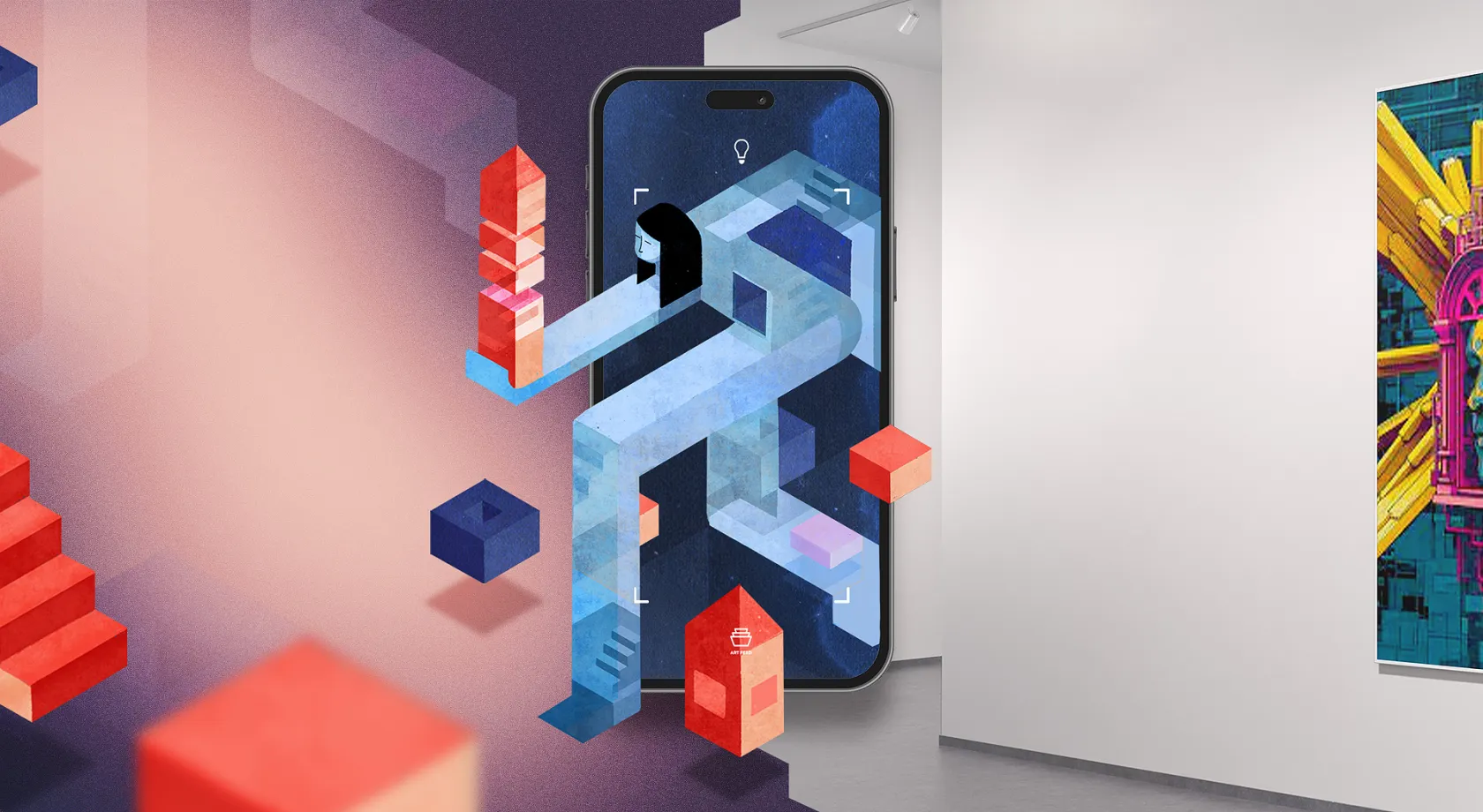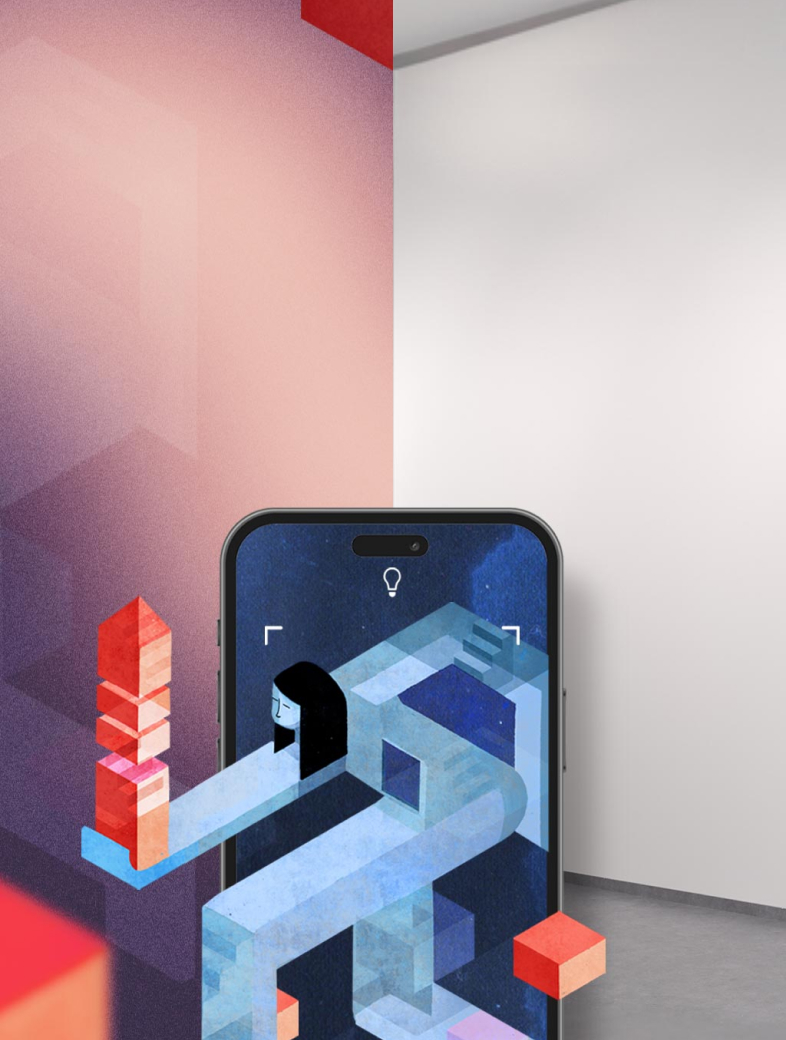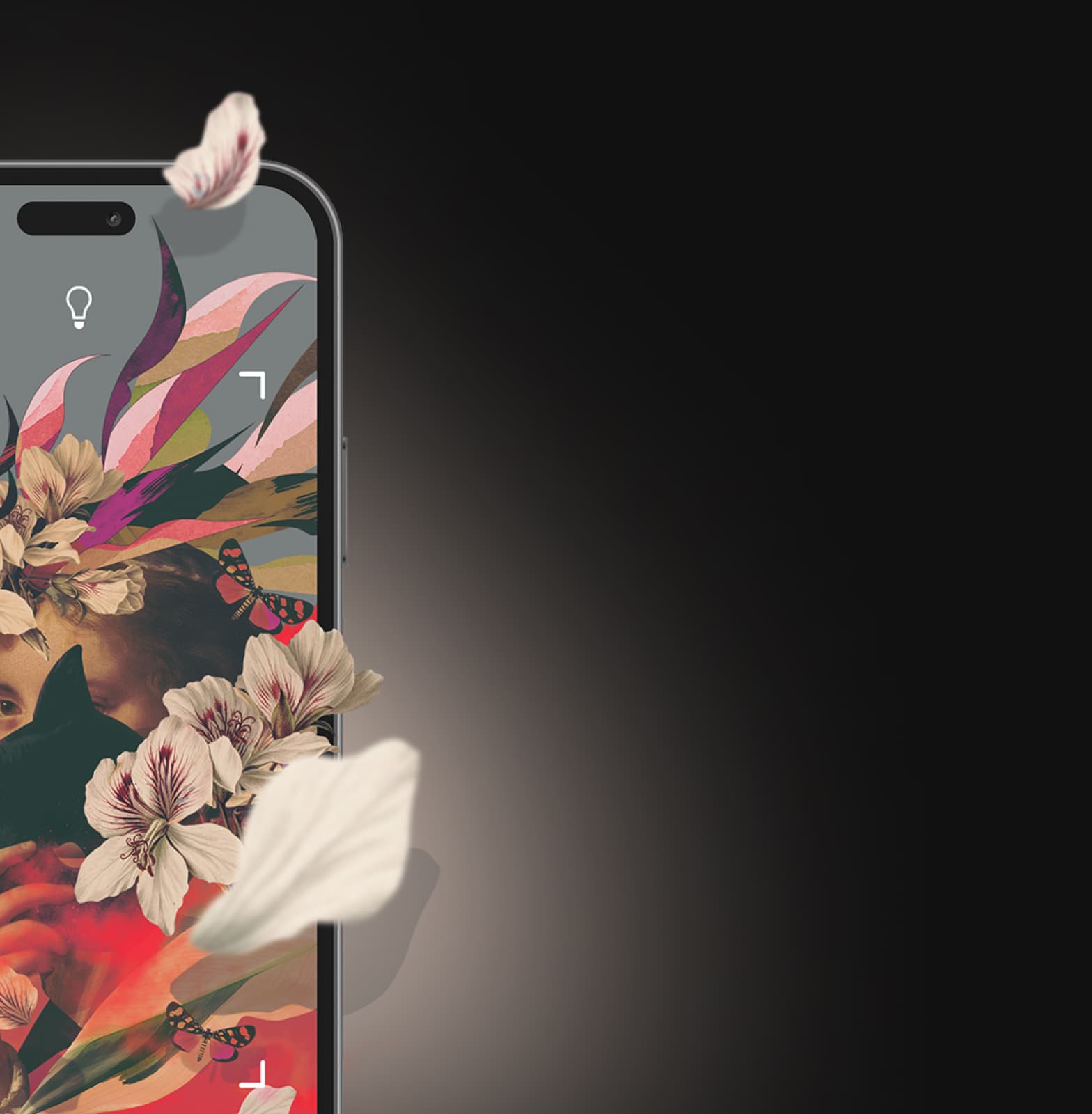Augmented Reality And The Dimensions Of Sensibility
Today’s society is increasingly fascinated by having immersive experiences. Perhaps this has something to do with our human need to understand our space, our surroundings, the environment, and the many other extensions of our own being. Technology devices and the game industry are all about immersion nowadays. One of the many emerging immersive experiences is augmented reality, a technology that allows us to see beyond the real-time and the limitations of our physical space. Augmented reality uses technology that allows the overlapping of the virtual world with the environment around us. The possibilities are plentiful with Augmented reality because it imitates what our imagination does. When we imagine things, we add characters, objects, and other elements to the real world, just like Augmented reality does.
Augmented reality is growing and therefore so is our ability to imitate our imagination, and it’s increasingly being used in many different fields. But nothing has more of an intimate relationship with our imagination than art. Artists are known as rule-breakers. They are explorers of the senses who go deep into how we perceive the world through our senses: the colors, the shapes, the optic illusions. Museums are also places of imagination and a place where narratives and history are put on the show. In some ways, history needs to be imagined, based on the fragments of narrative that we believe today. So, what if the limits of time and space were not there? What if our perception could be stretched to its limits, where the virtual and the physical real-world merge? And what happens if our imagination could be materialized by technology? Artivive is an app that allows access to augmented reality experiences in art galleries and museums. It offers its users the opportunity to go beyond the space that they’re in and immerse themselves in the object, or art, in focus.
In my first post for this blog, the main thing I want to do is give you a taste of how far the creative and sensorial boundaries can be pushed with augmented reality. By using this technology, artists are able to visualize things and make them materialize in front of others’ eyes. Architects, designers, engineers, and many other professionals are taking advantage of this opportunity, too. But the arts have the capability to break the rules. It has the flexibility to become something new, and the use of augmented reality by artists sees the continuation of the tradition of experimentations by artists, as they explore different techniques to express different things. The idea of bringing art to life should be understood beyond its literal sense. Bringing art to life means giving the appropriate movement and interaction to artwork, and meanwhile, giving the opportunity to the observer to become part of it. This challenges the traditional dynamics of an exhibition. It breaks the silence of the art and brings it to life so it can explain itself, or transform. Augmented reality presents an amazing potential for the traditional places of art and history. Museums, art galleries, and cultural centers are all spaces for storytelling and imagination. The art and creative field can only be improved with the addition of a digital dynamic. Augmented reality is about art consumers exploring new experiences, and artists exploring different tools of expression and creation.
Yes! Augmented reality is changing the way we understand space because it resets our physical environment and provokes interaction with art in a collective way. We are able to add an extra layer and new dimension to the experience. When you bring ‘Art To Life,’ you make collaborators out of gallery visitors and a dynamic exchange plays out in which art is an immersive experience to be shared.
#bringArtToLife





